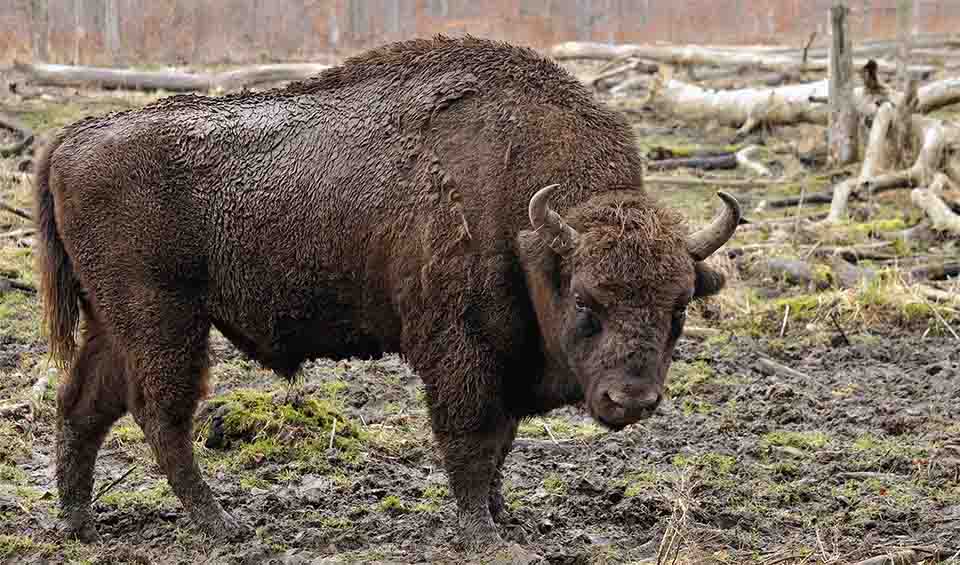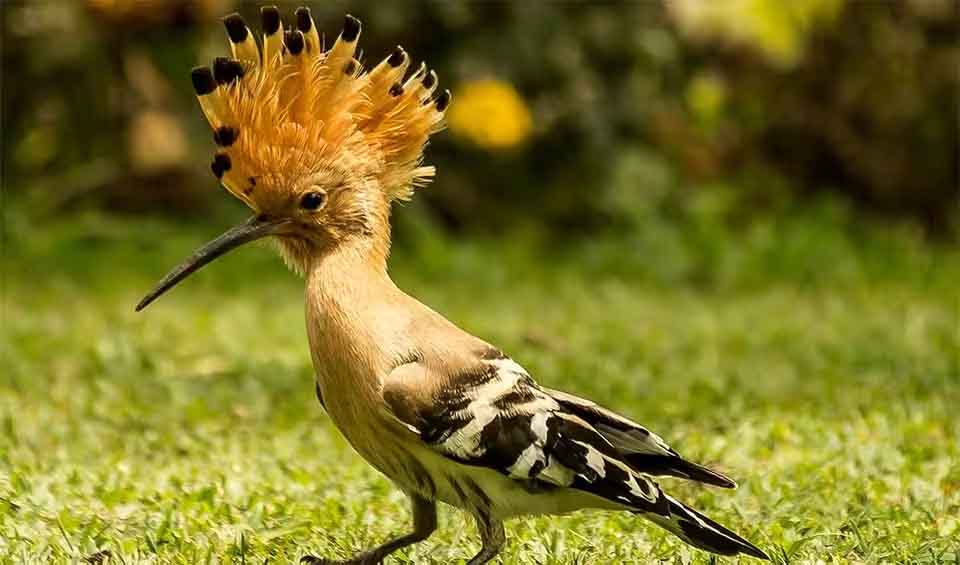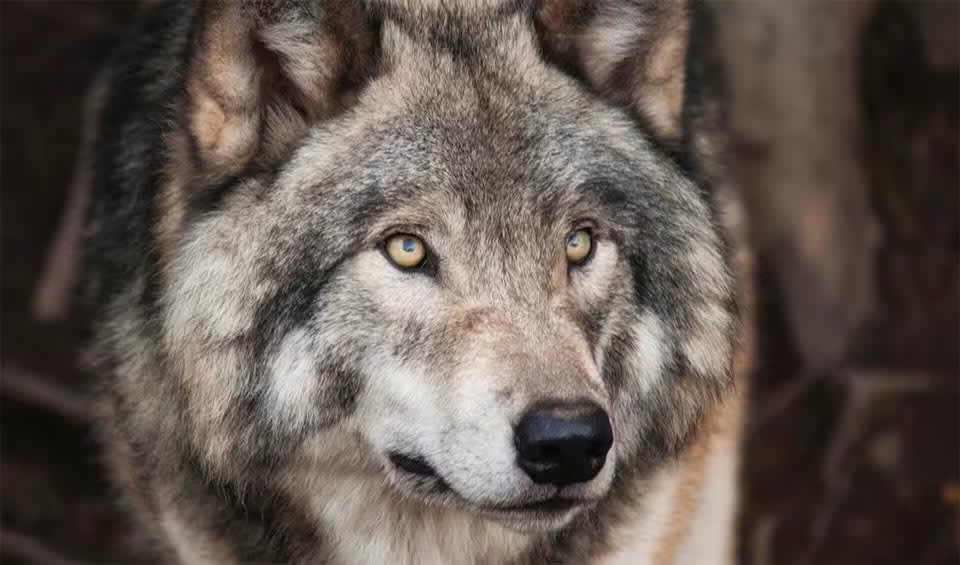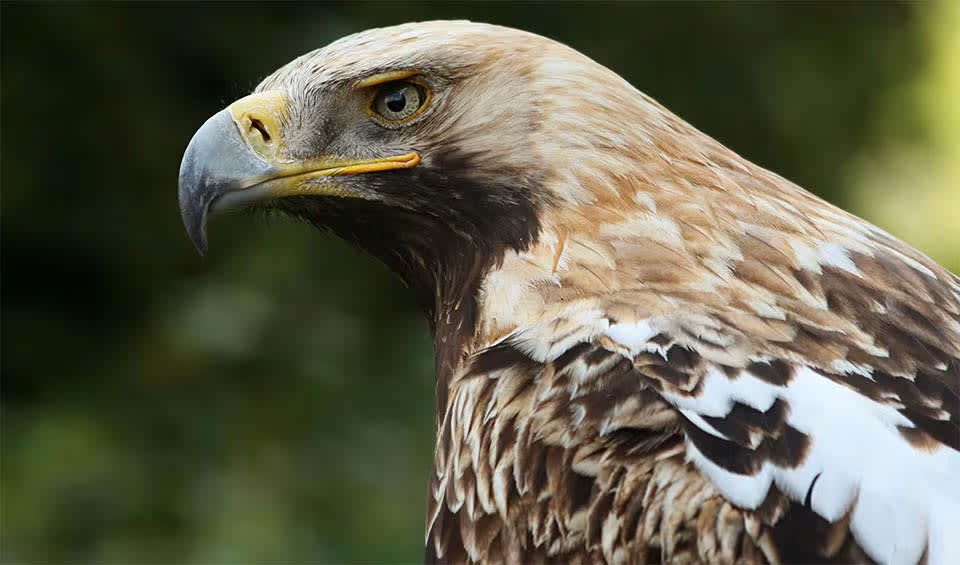Serbia’s environment is characterized by its diverse and captivating landscapes, offering a wealth of natural beauty and ecological richness. The fertile plains of Vojvodina, situated in the northern part of the country, boast expansive fields and meadows that support thriving agricultural activities. Moving eastward, limestone ranges and basins dominate the landscape, showcasing stunning geological formations and unique ecosystems.
In the southeast, ancient mountains and hills unfold, adorned with dense forests, cascading waterfalls, and picturesque valleys. These varied landscapes provide habitat for a myriad of plant and animal species, contributing to Serbia’s status as a biodiversity hotspot in the region. Additionally, Serbia’s natural landscapes offer ample opportunities for outdoor recreation and eco-tourism, attracting visitors from around the world to explore its pristine wilderness and scenic wonders.
Four pillars elaborated:
Serbia is home to a diverse array of protected areas covering approximately 5% of its landmass, safeguarding its rich natural heritage. These reserves encompass a breathtaking array of landscapes, from pristine forests and majestic mountains to winding rivers and unique geological formations. Governed by the Law on the Protection of Nature, Serbia’s protected areas are classified into various categories, including national parks, nature parks, monuments of nature, strict nature reserves, special nature reserves, and habitat/species protection areas. Serbia’s commitment to conservation extends to international collaborations such as Natura 2000, a network of protected areas spanning the European Union, highlighting the country’s dedication to preserving biodiversity on a global scale. Land Management
Land Management
Over the past 3 to 4 years, biodiversity has faced significant pressures, primarily stemming from various sources. These include fires within protected areas, disrupting forest ecosystems and altering their ecological balance. Agricultural activities, characterized by excessive use of artificial fertilizers and pesticides, unregulated discharge of liquid manure from livestock farms, and land management practices in steppe and saline habitats, contribute to habitat degradation and diffuse pollution across agricultural lands. Threats to Biodiversity
Threats to Biodiversity
Furthermore, the construction of hydroelectric power plants and intensive extraction of sand and gravel from riverbeds lead to morphological and hydrological changes in watercourses, destruction of riparian vegetation, and increased flood risks. River regulation projects and flood control measures further disrupt natural river dynamics and disconnect floodplain habitats. Additionally, efforts to reclaim wetlands and convert them into agricultural land pose a threat to priority habitats and associated species, jeopardizing their conservation status.
In Serbia, biodiversity protection is governed by the Law on Nature Conservation and relevant by-laws, aiming to safeguard species, habitats, and ecosystems. Protected areas cover 6.38% of the country’s territory, totaling 564,063 hectares (5,641 km²). The Decree on Ecological Network oversees the protection and management of ecological areas and corridors, including those of international significance like Emerald and Natura 2000. Currently, 1,760 wild species are strictly protected, with an additional 853 species under legal protection. Furthermore, a National Agri-Environment Programme is being developed to promote sustainable farming practices among farmers, offering financial incentives and technical support. Capacity and Governance
Capacity and Governance
Serbia is in the process of formulating a fresh National Biodiversity Strategy and Action Plan, slated for the timeframe of 2021-2030. This strategic blueprint aims to advance beyond the successes of its precursor, tackling evolving issues like climate change and the degradation of habitats. By incorporating lessons learned and adapting to contemporary challenges, Serbia seeks to bolster its efforts in safeguarding biodiversity and ensuring the sustainability of its ecosystems for the future. Future Trends
Future Trends
Biodiversity
Serbia’s forests cover about one-third of the country and are primarily composed of oak, beech, and pine trees. These forests are vital habitats for various wildlife, including red deer, wild boar, and the European wildcat. The diverse undergrowth supports numerous plant species, fungi, and insects, contributing to the overall ecological richness. The mountainous regions, particularly the Dinaric Alps, Carpathian Mountains, and Balkan Mountains, provide habitats for species such as brown bears, wolves, lynxes, and chamois. These areas are also rich in birdlife, including species like the golden eagle, peregrine falcon, and various owls. The mountains host diverse plant communities, with many endemic and rare species thriving in the different altitudinal zones.The extensive river systems, including the Danube, Sava, and Tisza rivers and numerous lakes and wetlands, are crucial for Serbia’s biodiversity. These aquatic environments support a variety of fish, amphibians, and bird species. The Danube River, in particular, is a vital migratory route for many fish and bird species, and its floodplains are rich in biodiversity, hosting species such as the white-tailed eagle, black stork, and various waterfowl.
In the table below are the number of known species in several main groups, how many of these species are Threatened with extinction, and how many of them are Endemic (unique to Serbia only):
| Species (World rank) |
Threatened | % Threatened | Endemic | % Endemic | |
|---|---|---|---|---|---|
| Mammals | 91 (#122) | 6 | 6.6% | ||
| Birds | 310 (#119) | 14 | 4.5% | ||
| Reptiles | 27 (#148) | 1 | 3.7% | ||
| Amphibians | 23 (#89) | 10 | 43.5% | ||
| Fishes | 94 (#184) | 9 | 9.6% | ||
| Plants | 3,089 (#113) | 600 | 19.4% | 171 | 5.5% |
mammals
Brown bear
The second largest bear, right after the polar bear. Sadly, it well might top the list soon
European bison
Habitat destruction & overhunting led to extinction in the wild, now gradually being reintroduced
Marbled polecat
Delayed implantation enables them to time the birth for favorable conditions, such as when foods are abundant
birds
Northern bald ibis
Considered a sacred bird by ancient Egyptians, often depicted in their art and mythology
Golden eagle
This majestic brown raptor is most widely distributed eagle species
Eurasian hoopoe
Dependable wings and a muscular build. Nope, we aren’t talking about the next Redbull ad campaign
reptiles
European adder
A venomous snake native to Britain and found all across Europe
Viviparous lizard
One of the few reptiles that can not only lay eggs but also give birth to live young
European pond turtle
At the first sign of danger, it will quickly dive into the water and hide
amphibians
European fire-bellied toad
Known for its bright red belly, a bold warning to predators, combined with its distinctive “whoop” call
Alpine salamander
Swift, enjoys harsh weather, adores the mountains, and is toxic to its predators
European tree frog
Symbol of environmental health as they are sensitive to changes in environmental conditions, particularly pollution levels
National Animals
Wolf
The howl of each wolf is different
Eastern imperial eagle
Its imperial imagery and fierce demeanor have made it a symbol of power and nobility throughout history


















